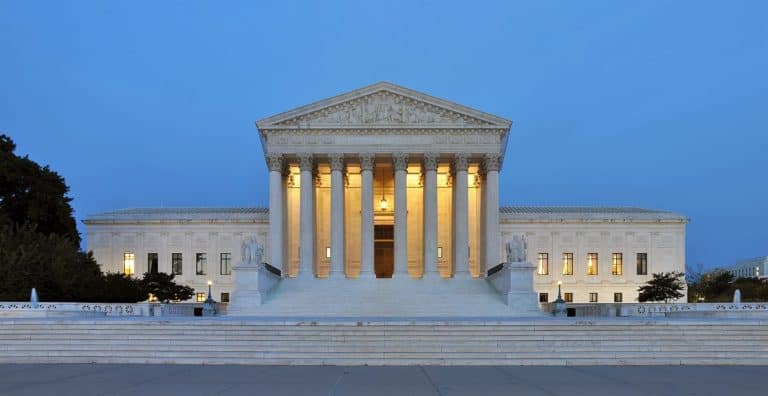Yesterday, the Department of Labor announced the final overtime rule, which will take effect on December 1 this year, and employers will have six months to comply. The final rule raises the salary threshold from $455 per week to $913 per week, or $47,476 per year. The rule will also automatically update this salary threshold every three years.
The New York Times editorial board praised the new overtime rule, calling it a “rare victory for fair pay.” Employers can respond to the new overtime rule in different ways: changing the pay structure for employees below the new threshold to an hourly rate; raising employees’ salaries above the threshold; hiring new people to do the work performed by those putting in unpaid overtime; or cutting the base salaries for employees who work over 40 hours a week, anticipating additional overtime pay. The board explained the new threshold will make about one-third of salaried employers eligible for overtime pay, as opposed to the current seven percent.
According to Politico, House Republicans are already considering using the appropriations process to block the new overtime rule. Rep. Tom Cole of Oklahoma, who heads the Labor-HHS-Education subcommittee, suggests they are considering attaching a rider to undo the rule.
Small businesses have expressed worry that the new rule will clash with their entrepreneurial business models, according to the New York Times. One small business owner explained her company is currently flexible, allowing employees to leave work for a few hours when necessary for personal reasons, and that tracking hours will get in the way of that flexibility. Indeed, private employers will no longer be able to offer comp time–giving employees who work extra time now time off later–for employees making under the threshold, although that will be permitted in the public sector. Another business owner, looking at his options, suggested he may hire more freelancers and independent contractors, at least at busier times of the year.
Politico reports the White House issued its spring regulatory agenda, including future Labor Department rulemakings. The Department of Defense and other agencies are set to release the “blacklisting” rule in August, which requires federal contractors to disclose past labor and employment law violations, and subjects egregious offenders to debarment. You can read the regulatory agenda here.






Daily News & Commentary
Start your day with our roundup of the latest labor developments. See all
July 11
Regional director orders election without Board quorum; 9th Circuit pauses injunction on Executive Order; Driverless car legislation in Massachusetts
July 10
Wisconsin Supreme Court holds UW Health nurses are not covered by Wisconsin’s Labor Peace Act; a district judge denies the request to stay an injunction pending appeal; the NFLPA appeals an arbitration decision.
July 9
In Today’s News and Commentary, the Supreme Court green-lights mass firings of federal workers, the Agricultural Secretary suggests Medicaid recipients can replace deported farm workers, and DHS ends Temporary Protected Status for Hondurans and Nicaraguans. In an 8-1 emergency docket decision released yesterday afternoon, the Supreme Court lifted an injunction by U.S. District Judge Susan […]
July 8
In today’s news and commentary, Apple wins at the Fifth Circuit against the NLRB, Florida enacts a noncompete-friendly law, and complications with the No Tax on Tips in the Big Beautiful Bill. Apple won an appeal overturning a National Labor Relations Board (NLRB) decision that the company violated labor law by coercively questioning an employee […]
July 7
LA economy deals with fallout from ICE raids; a new appeal challenges the NCAA antitrust settlement; and the EPA places dissenting employees on leave.
July 6
Municipal workers in Philadelphia continue to strike; Zohran Mamdani collects union endorsements; UFCW grocery workers in California and Colorado reach tentative agreements.